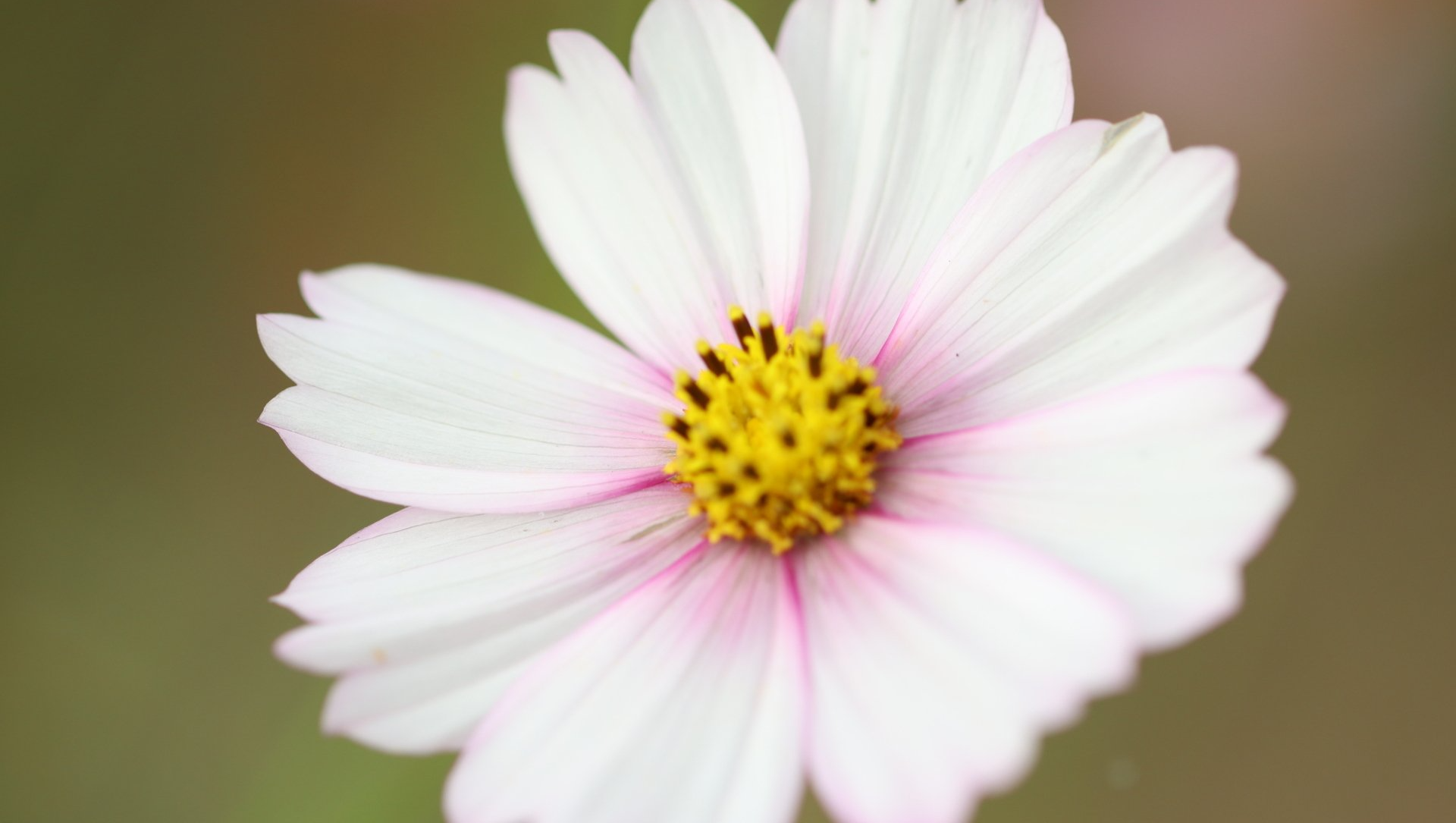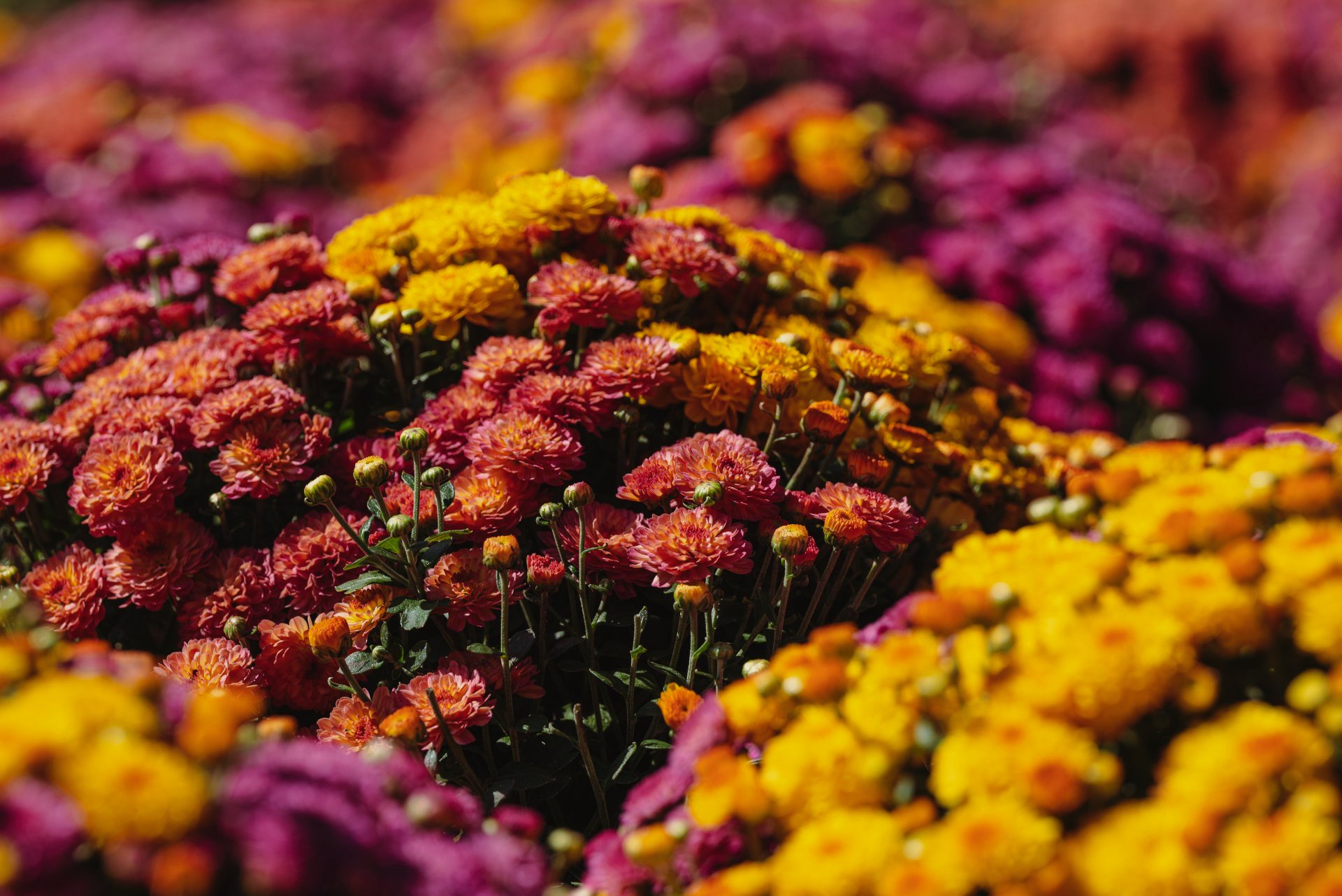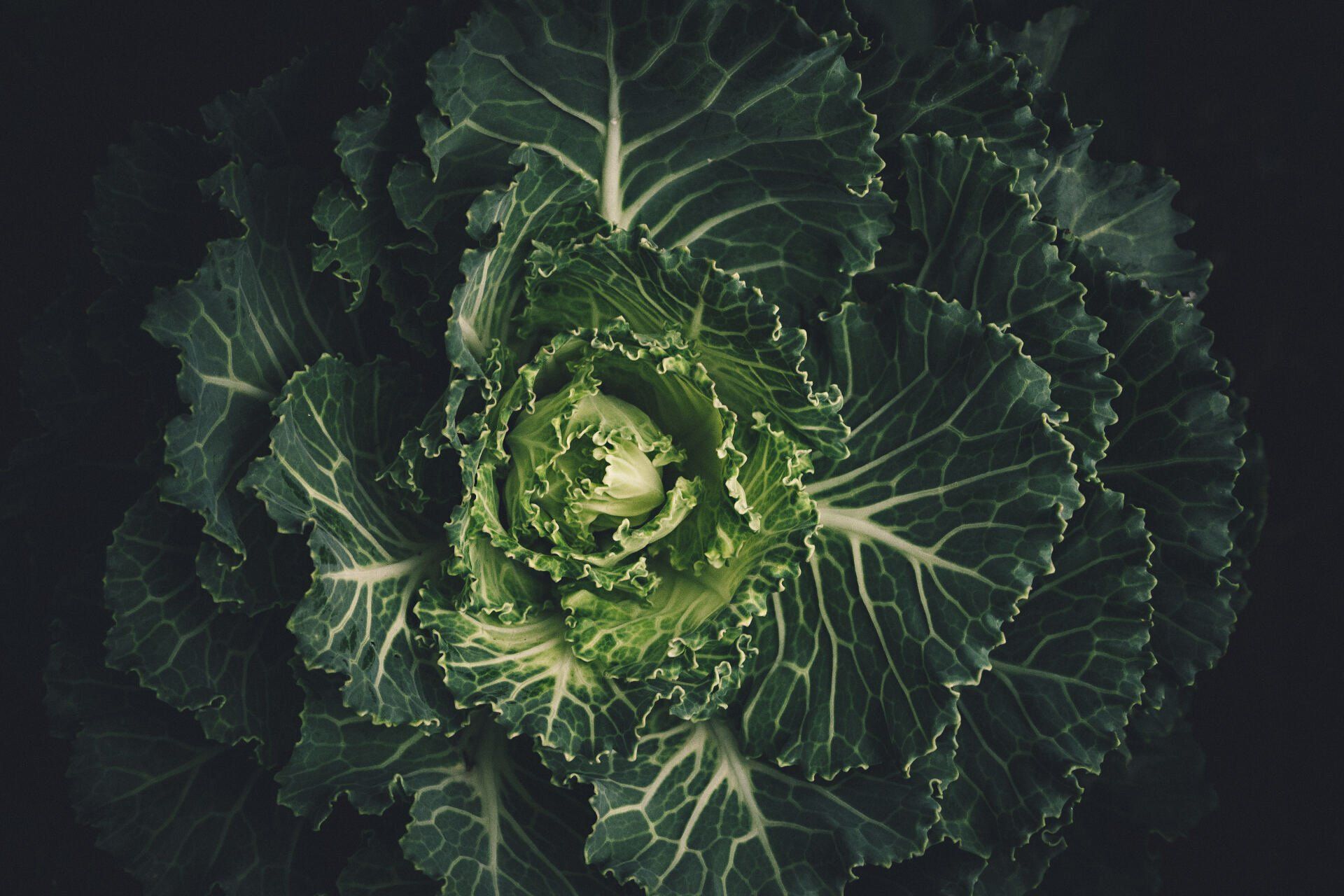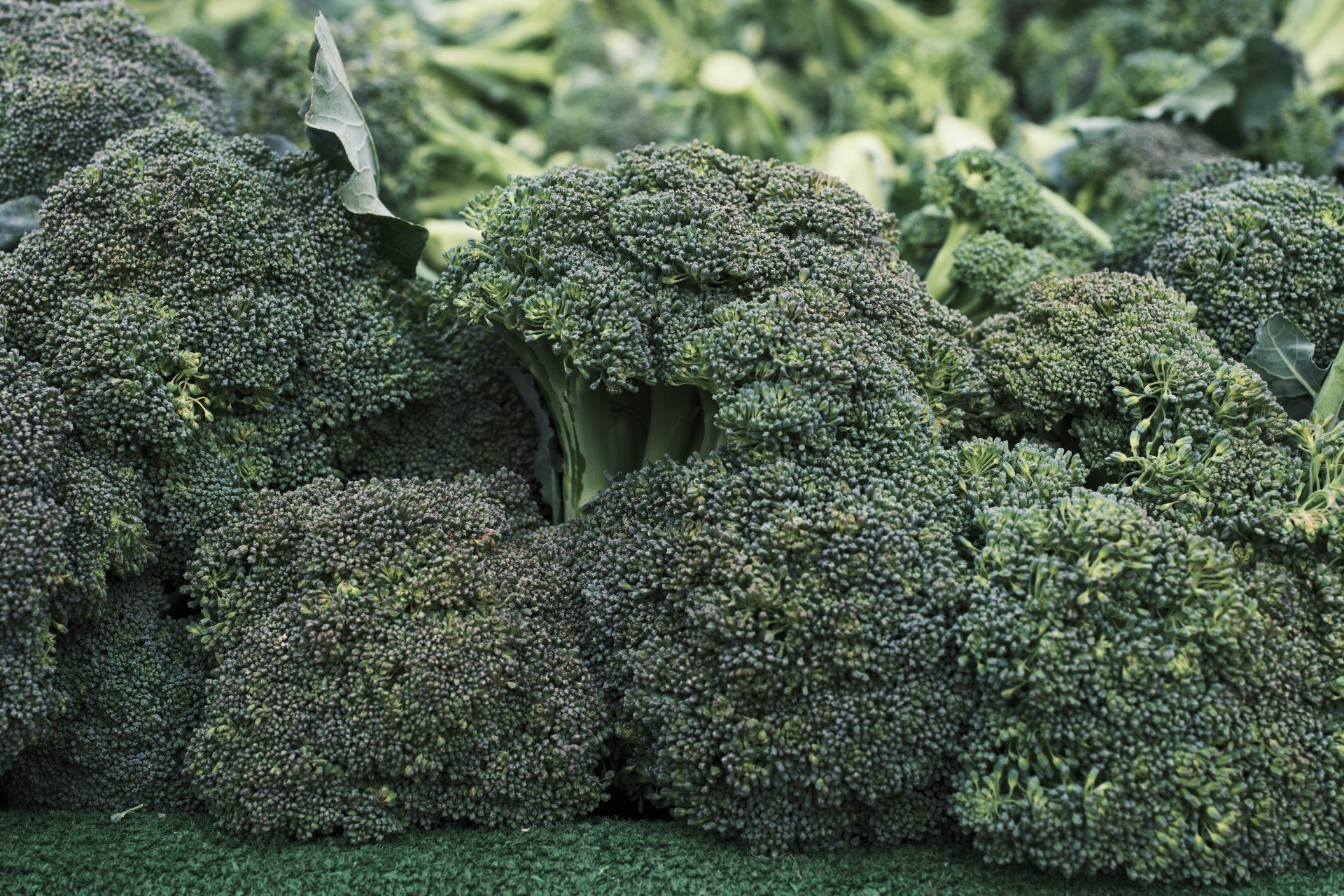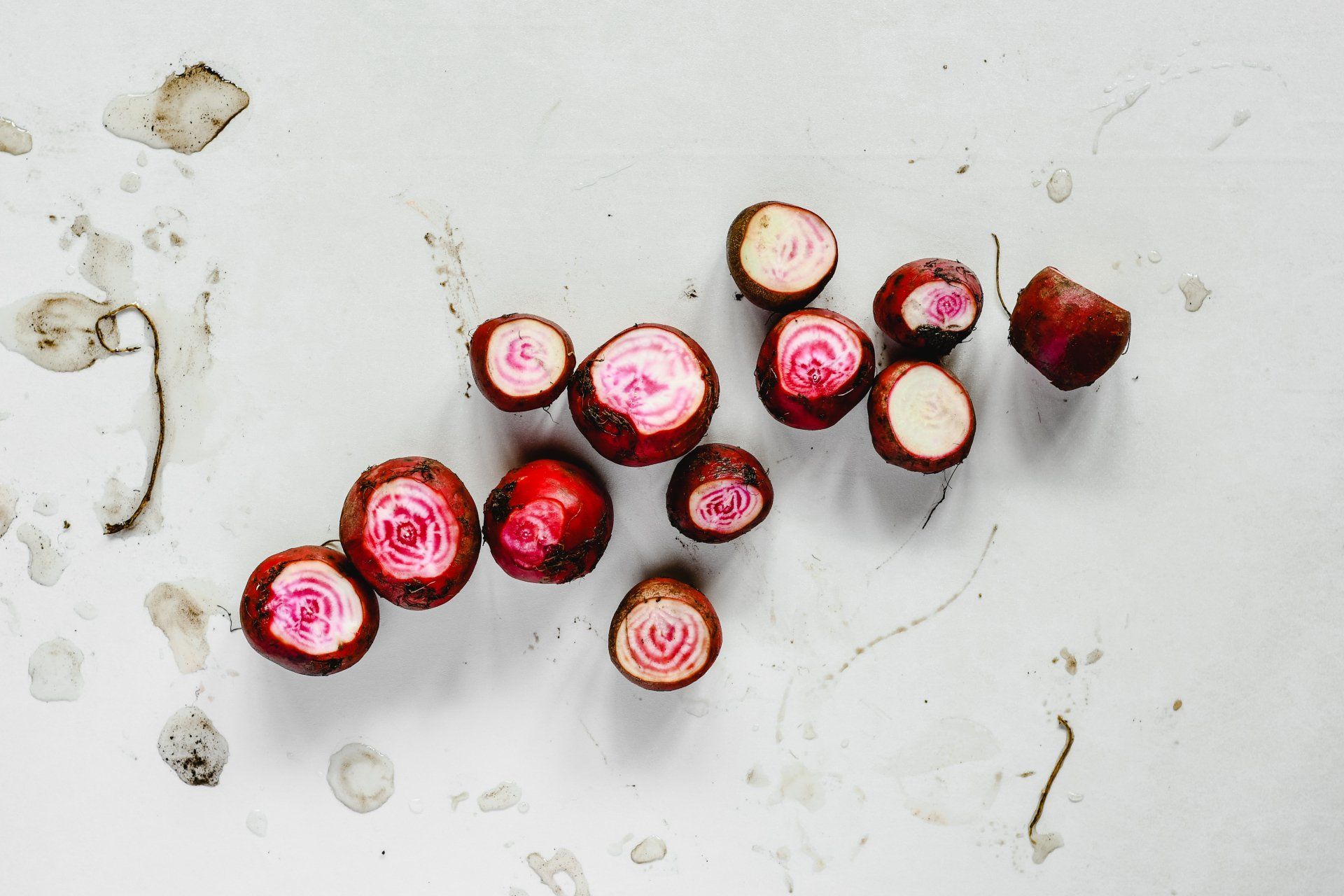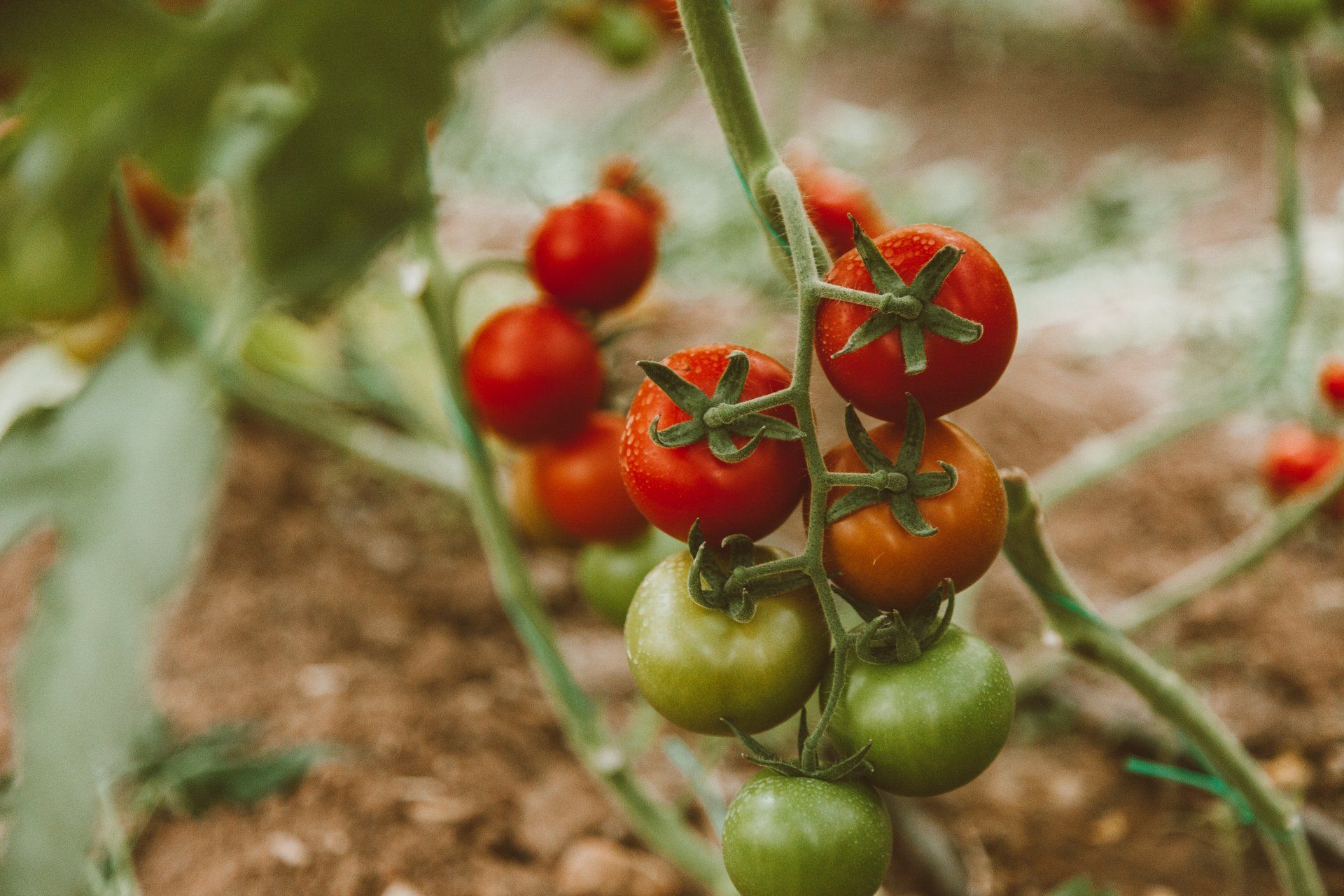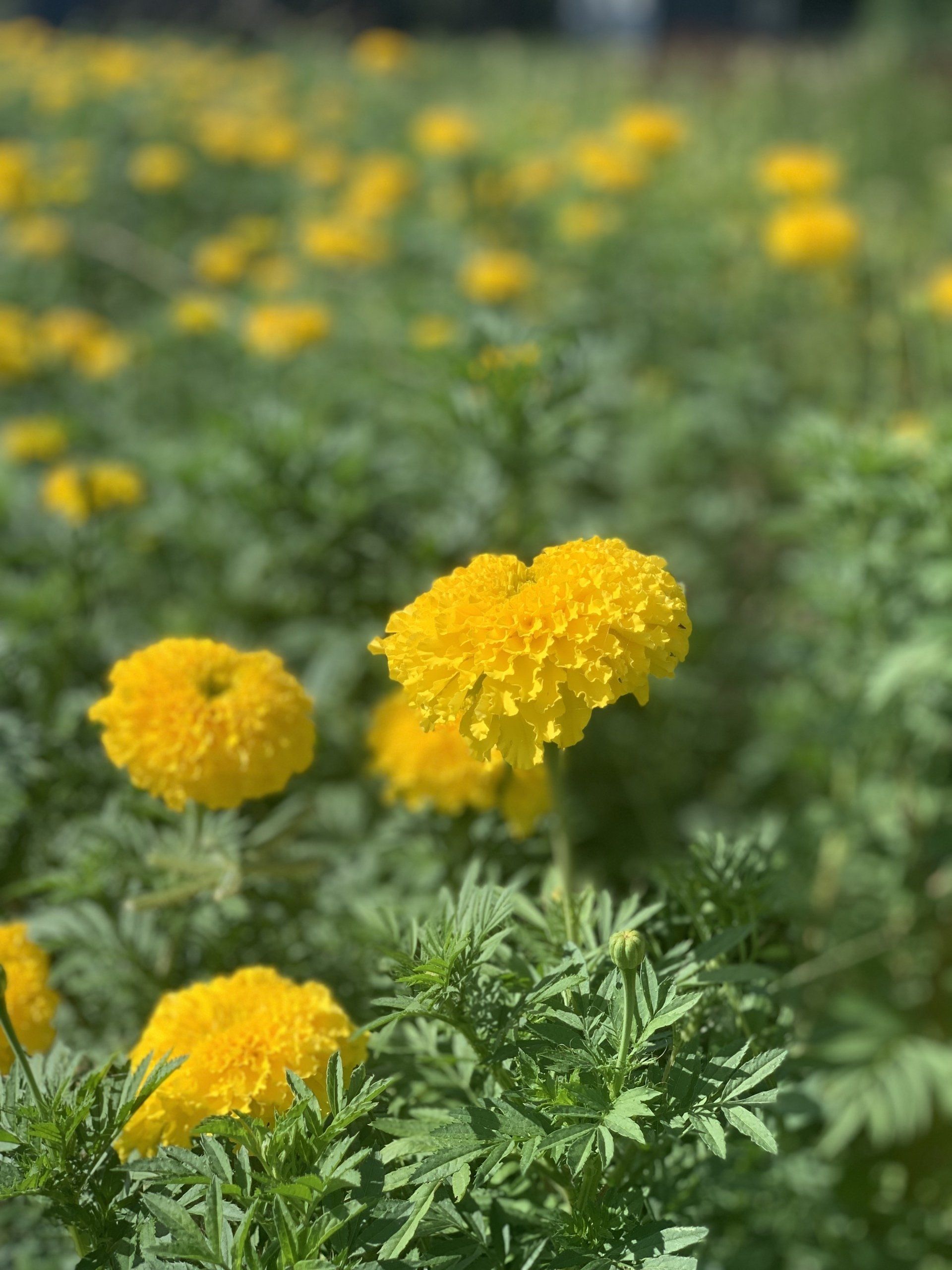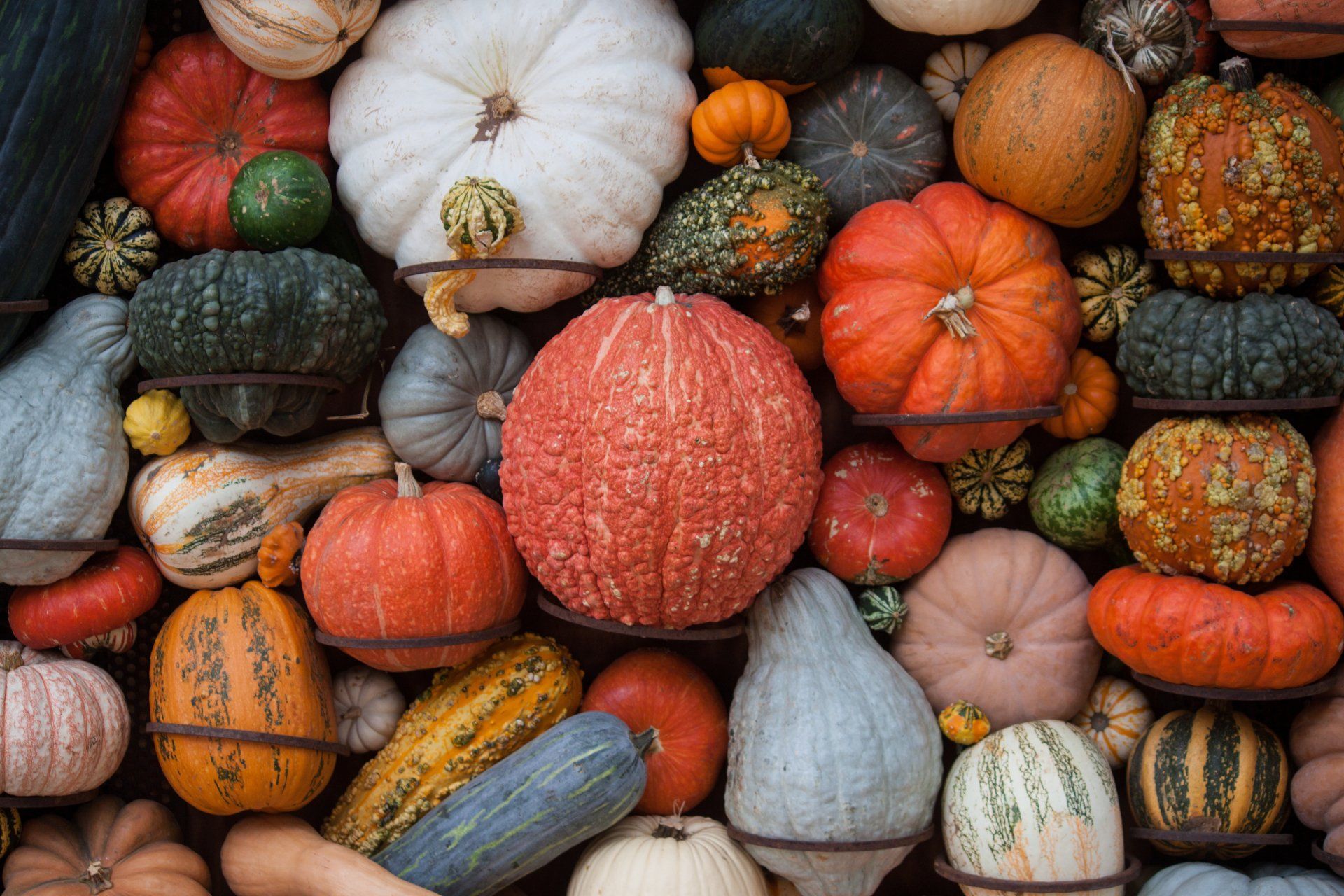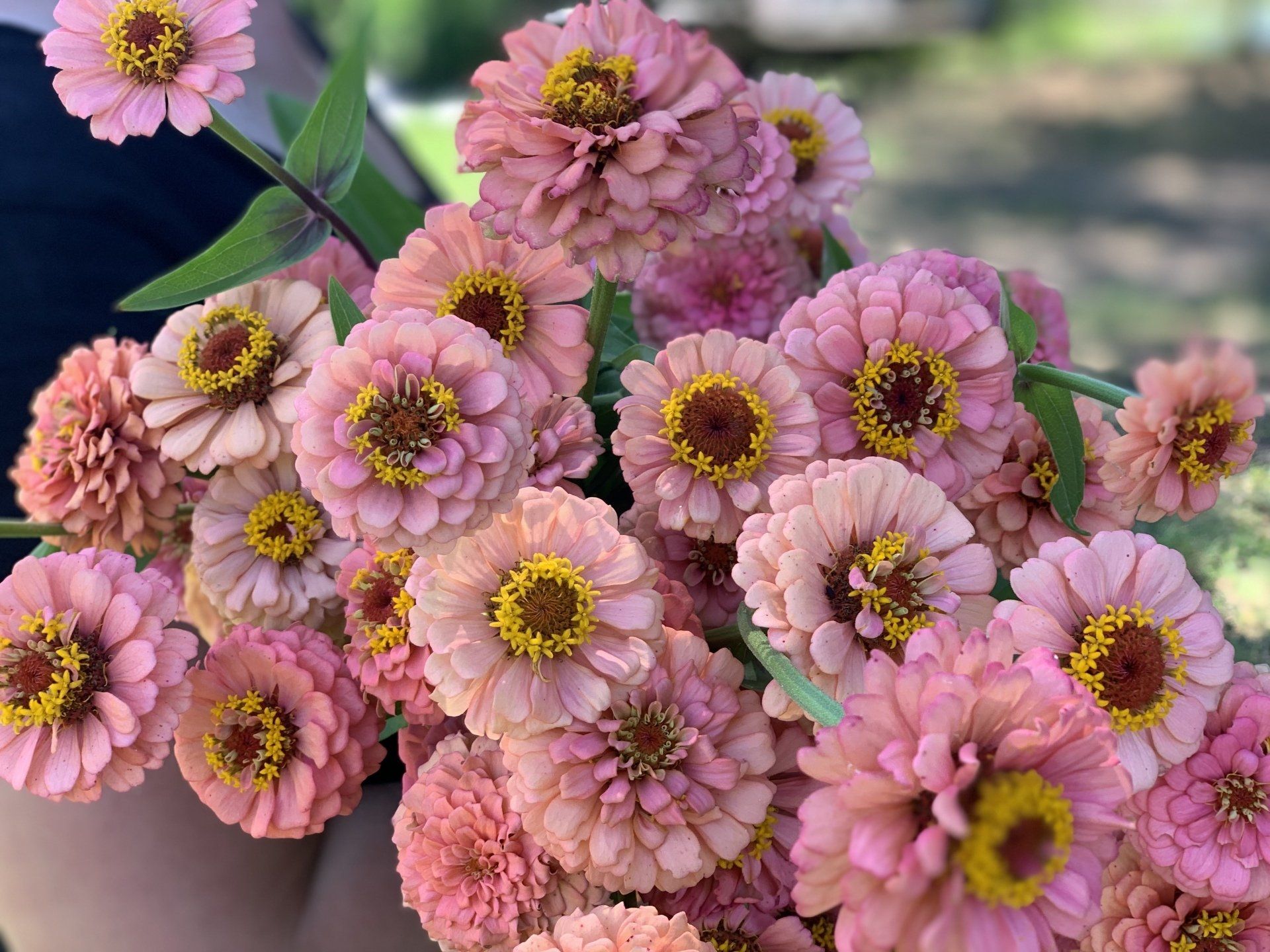Cosmos - A Lovely Garden Favorite

Cosmos are a classic cottage garden favorite with wispy blooms that are a favorite among many. It is a lovely addition to landscaping beds, containers, and one of my favorites for the cutting garden. There are many varieties available now commercially by seed and seedling transplants. Cosmos are also a pollinator favorite!
Site Selection
Cosmos need to have a place with full sun, at least six hours of full sunlight. They do prefer well draining soil with high organic content. A heaping scoop of compost raked into the soil will do wonders for plant health.
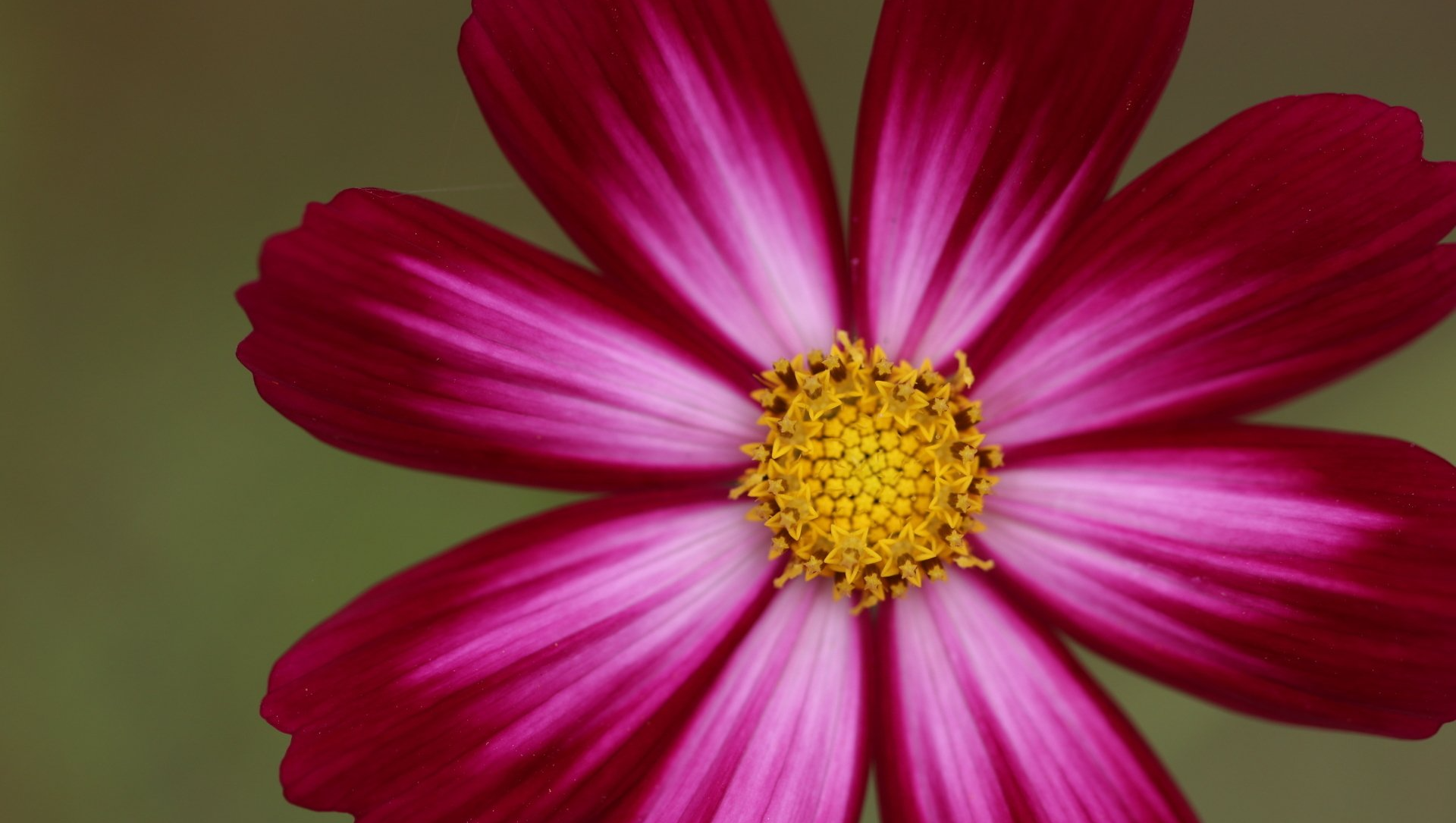
Planting & Watering
Cosmos can be direct seeded or transplanted depending on where you live. Here in South Texas, we have found that transplanting allows for the best success as our rainfall can be very inconsistent. The soil needs to be warm and they can be planted after the last frost in March or April. They do sprout easily though and grow quickly and need to be transplanted out within 2-4 weeks. If transplanting, it is important not to let them get leggy or root bound.
Cosmos are short-day plants which means they will only bloom when there are 14 hours of sunlight or less. This can vary greatly depending on your location. For us, near Houston, Tx, cosmos bloom best in April, May, June, September, and October.
Cosmos are tough plants and once established usually do not need any or very little water. It is important to not overwater them.
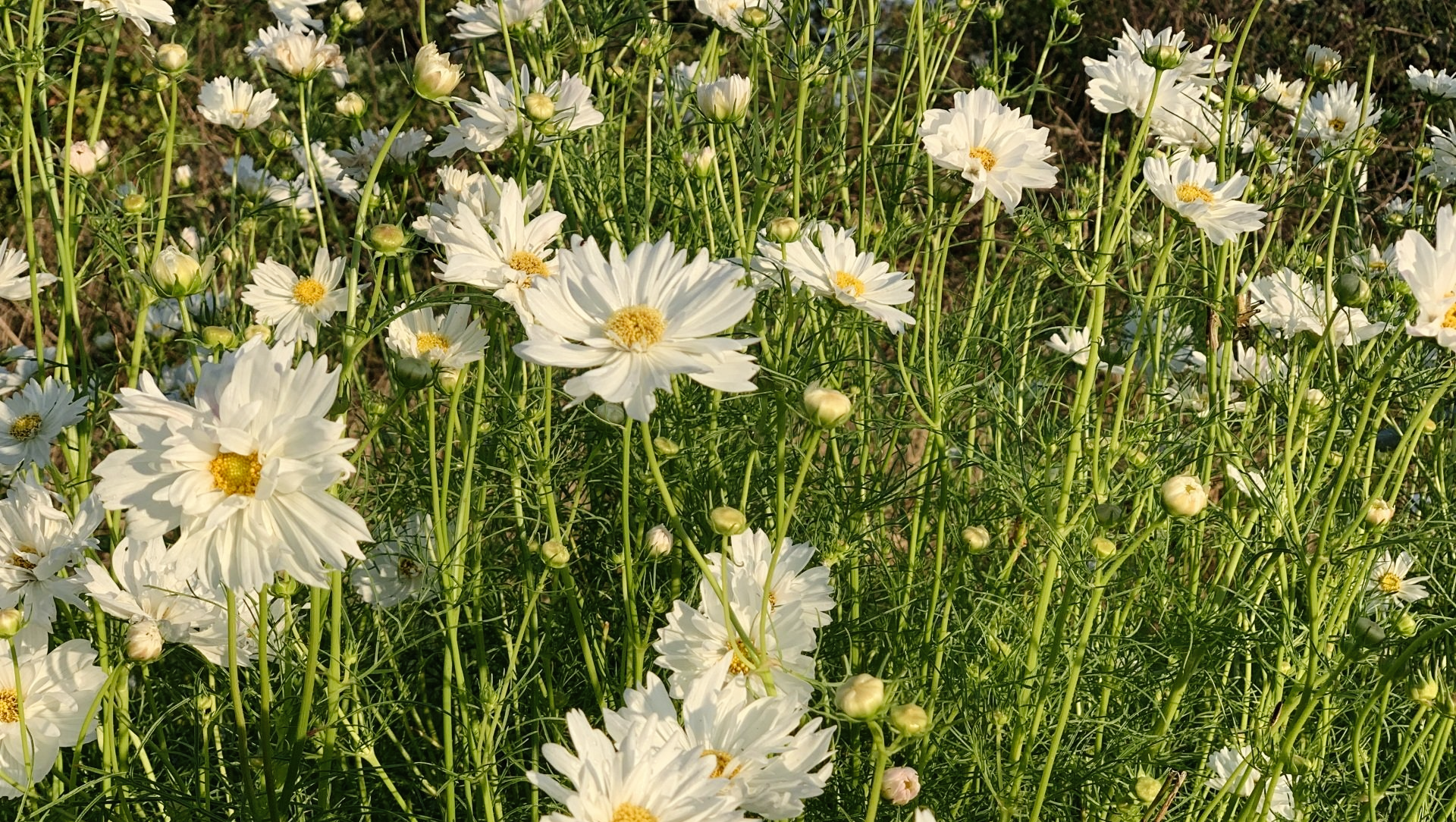
Spacing
The recommended spacing between plants is 9 to 12 inches.
Pinching is recommended for stronger more lateral stems, especially when used for cut flowers. Deadheading is also recommended after the blooms have past their prime.
Different Varieties Available
Depending on the cultivar, the blooms on the cosmos may be single, semi-double, full double or tubular shaped with fluted edges. The plants can range from 18” to over 6 feet tall depending on the specific variety.
We truly love the different varieties for their different shapes and colors and we always have a hard time narrowing down to a handful of varieties to grow in the gardens for the limited space we have. Start out with 2-3 favorites and go from there, we know you will be happy with each variety!
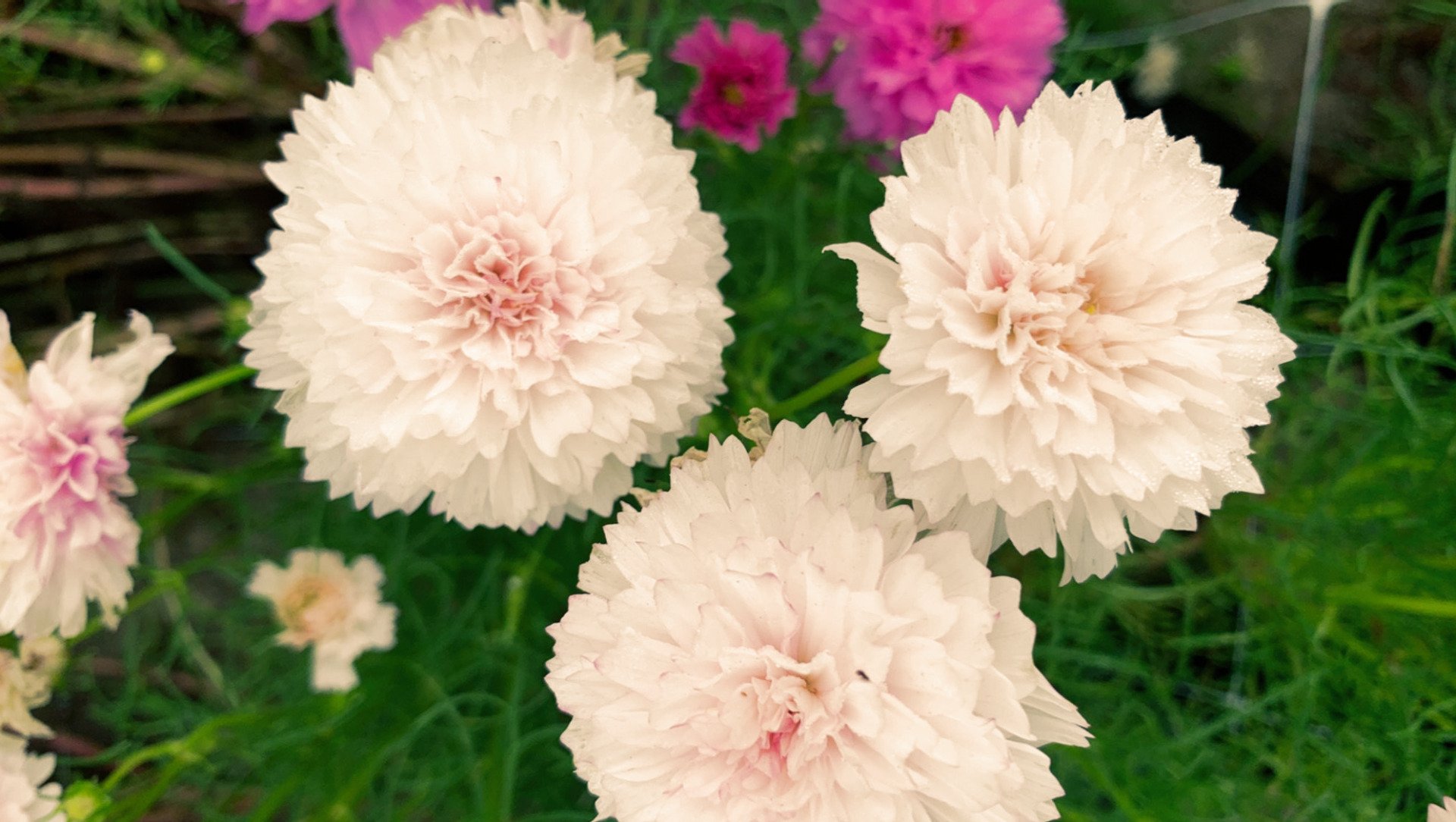
Pests & Disease
Cosmos are generally easy to grow and not usually susceptible to pests and disease.
Potential pests include aphids, Japanese beetles, leafhoppers, and spider mites.
Diseases may include bacterial and fungal root and stem diseases. During wet seasons we have had some loss due to too much rain over a short period of time and the fungal disease spreads quickly. It is best to just pull the plants and not try to treat as there is usually little to no success as the disease has affected the roots and stems.

Harvesting Tips
Harvesting Cosmos will depend on what your goal is. If you want to use stems for indoor enjoyment it is best to cut and harvest when the flower is still in the “cracked bud stage” before it is fully open. Once the flower opens, which happens very quickly in the heat, and is pollinated, the vase life greatly decreases. If cut early in the correct stage, the vase life will be between 4-6 days ideally. From the cracked-bud-stage the bloom will continue to open up until it is the size of almost your palm!
We love cosmos throughout our gardens each year and try to grow a variety of different cultivars so that we can enjoy a nice long season with them. I love to water their wispy stems blow in the wind as I walk through the gardens and they are quite photogenic!
Happy gardening ya’ll!
